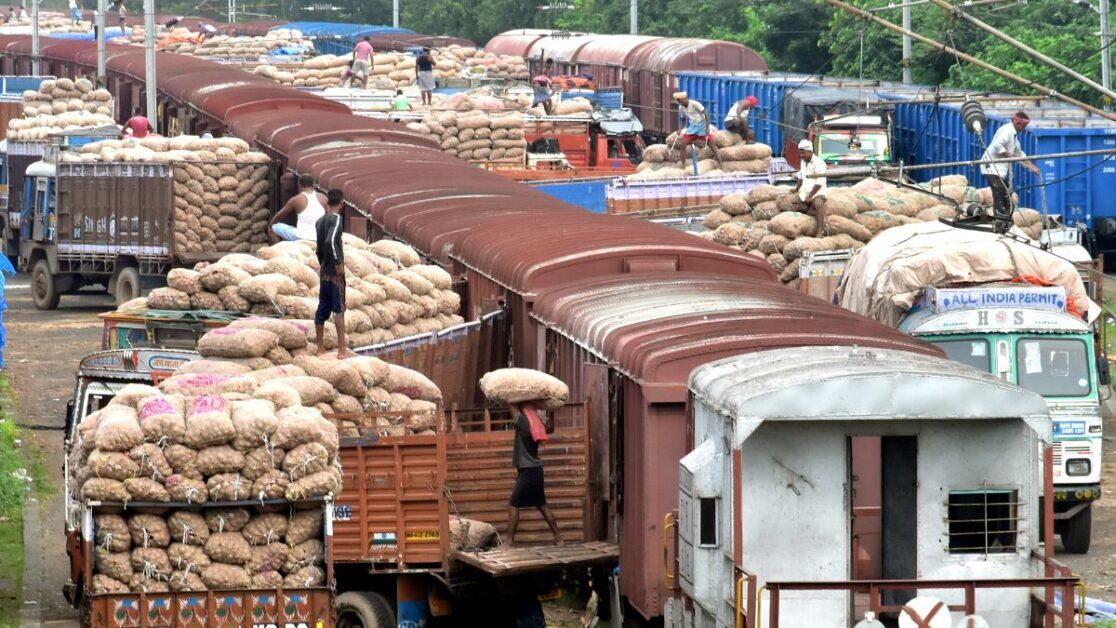India’s dedicated freight corridors (DFCs) are expected to increase the nation’s GDP by Rs 160 billion, according to a recent study by the University of New South Wales (UNSW) in Australia.
The Dedicated Freight Corridor Corporation of India Limited (DFCCIL) released the findings, which demonstrate the corridors’ revolutionary economic effects, especially the Western Dedicated Freight Corridor (WDFC).
According to DFCCIL, the operationalization of the WDFC has resulted in a significant reduction in freight costs and journey durations, which has caused a 0.5% decrease in commodity prices.
Additionally, the analysis shows that DFCs have helped Indian Railways increase its revenue by 2.94 percent during the fiscal years 2018–19 and 2022–23, and that DFC lines currently handle more than 10% of India’s rail freight. As of October 2024, 96.4% of the 2,843-kilometer DFC network—which passes through 56 districts in seven states—is almost finished.
While the WDFC, which spans 1,506 km from Dadri to Mumbai, is 93.2% complete, the Eastern DFC (EDFC), which stretches 1,337 km from Ludhiana to Sonnagar, is fully operational.
Coal mines, thermal power plants, cement manufacturers, and major ports like Mundra, Kandla, Pipavav, and Hazira are all connected by these corridors.







